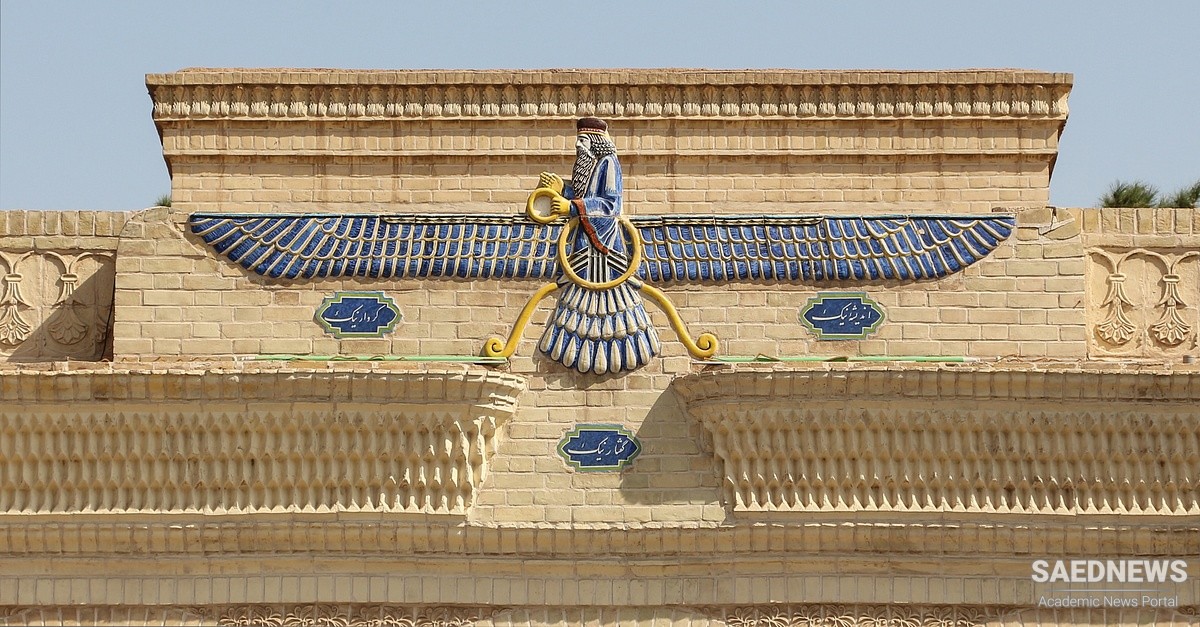Studies of the A vesta (French translation published in 1771 by the French scholar and traveler A. Anquetil-Duperron), the decipherment of Old Persian cuneiform (by the German scholar G. F. Grötefend and the English scholar H. Rawlinson), works on Old Persian language and classical poetry, and editions of texts and translations from Persian (W. Jones, Great Britain; R. Rask, Denmark; E. Burnouf, France) facilitated the founding of Iranian studies as a science. Thanks to the work of F. Gladwin, W. Ouseley, C. Elliot, and J. Gilchrist (Great Britain), S. de Sacy, J. Mohl, and E. Quatrèmere (France), J. Hammer-Purgstal (Austria-Hungary), V. von Rosenweig, J. Vullers, F. Rückert, and H. G. L. Kosegarten (Germany), and other scholars, the major works of Persian classical poetry had become part of world literature by the mid19th century. Studies of the ancient Iranian languages played a significant role in the formation of the discipline of comparative linguistics. Most works on history were written using the comparative historical method and philological analysis. The most thorough works on the history of Iran belong to J. Malcolm and R. Watson (Great Britain) and J. A. de Gobineau (France). Information on social and economic conditions in Iran is provided mainly in the works of travelers and diplomats, such as J. Morier and J. Fraser (Great Britain), O. Blau (Germany), and A. Vámbéry (Austria-Hungary).


 Early Sparks of Reflection on Music
Early Sparks of Reflection on Music














































